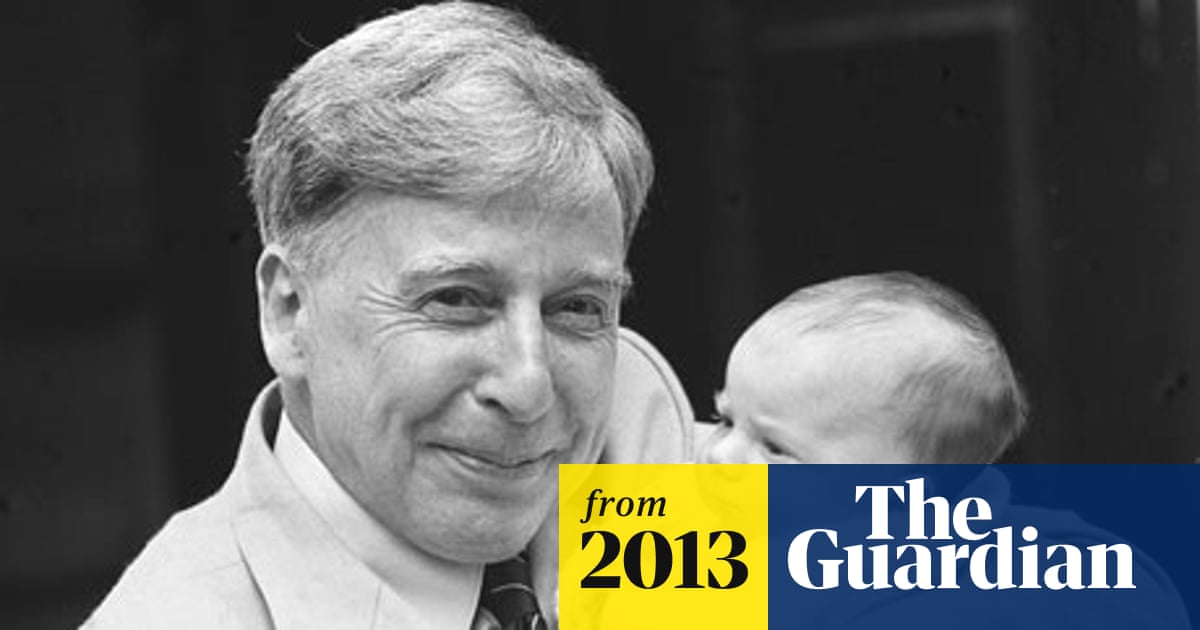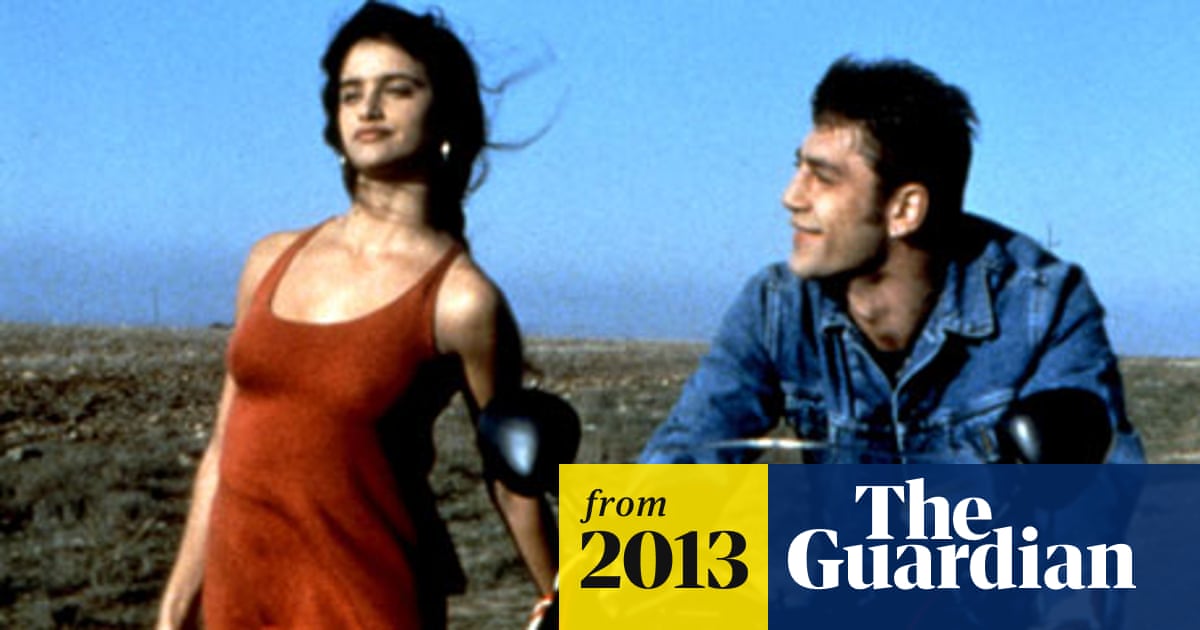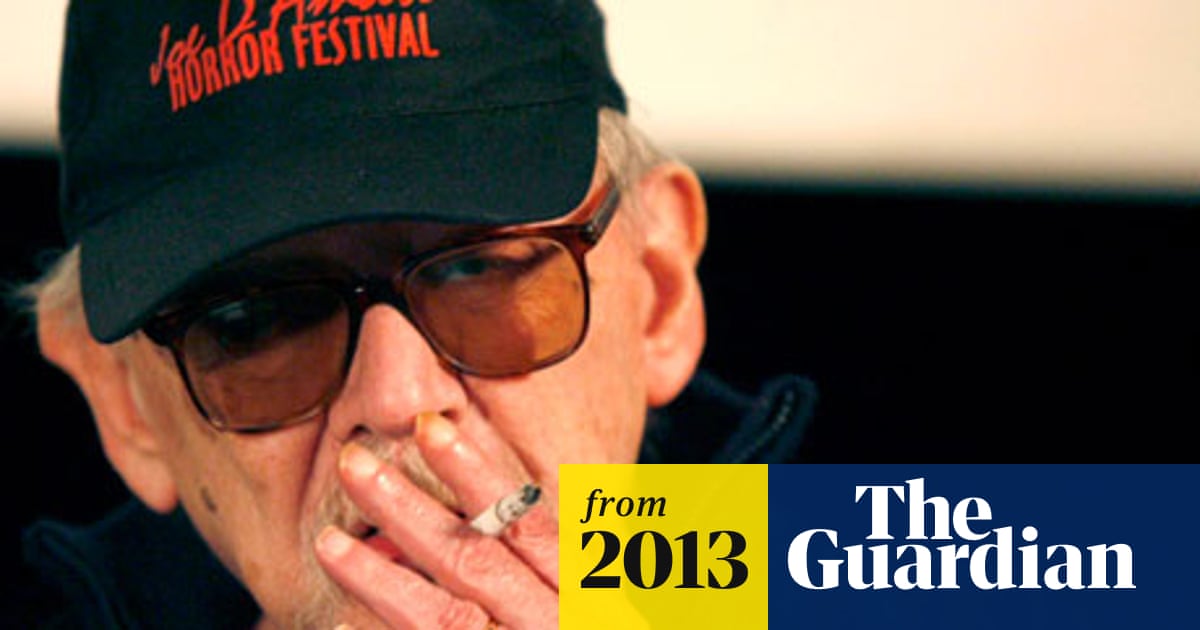http://www.nytimes.com/2013/04/09/mo...t-70.html?_r=0
R.I.P.
Annette Funicello, 70, Dies; Beloved as a Mouseketeer and a Star of Beach Movies
Annette Funicello, who won America’s heart as a 12-year-old in Mickey Mouse ears, captivated adolescent baby boomers in slightly spicy beach movies and later championed people with multiple sclerosis, a disease she had for more than 25 years, died on Monday in Bakersfield, Calif. She was 70...
Annette Funicello, who won America’s heart as a 12-year-old in Mickey Mouse ears, captivated adolescent baby boomers in slightly spicy beach movies and later championed people with multiple sclerosis, a disease she had for more than 25 years, died on Monday in Bakersfield, Calif. She was 70...







Comment